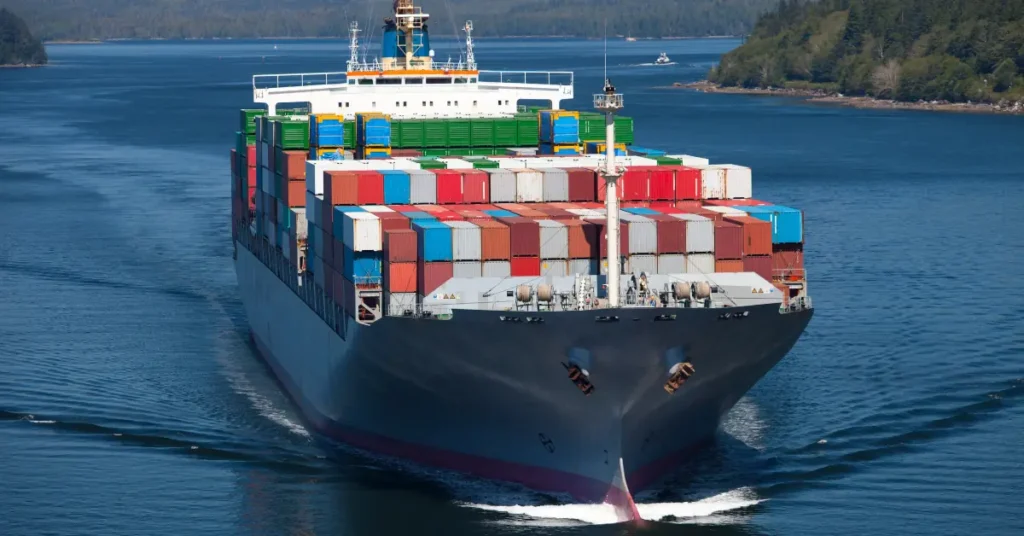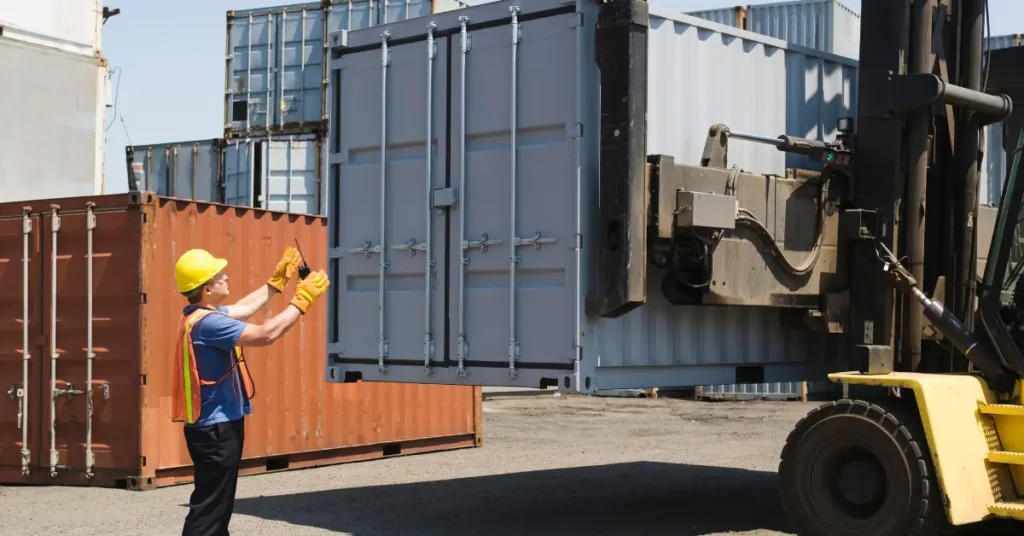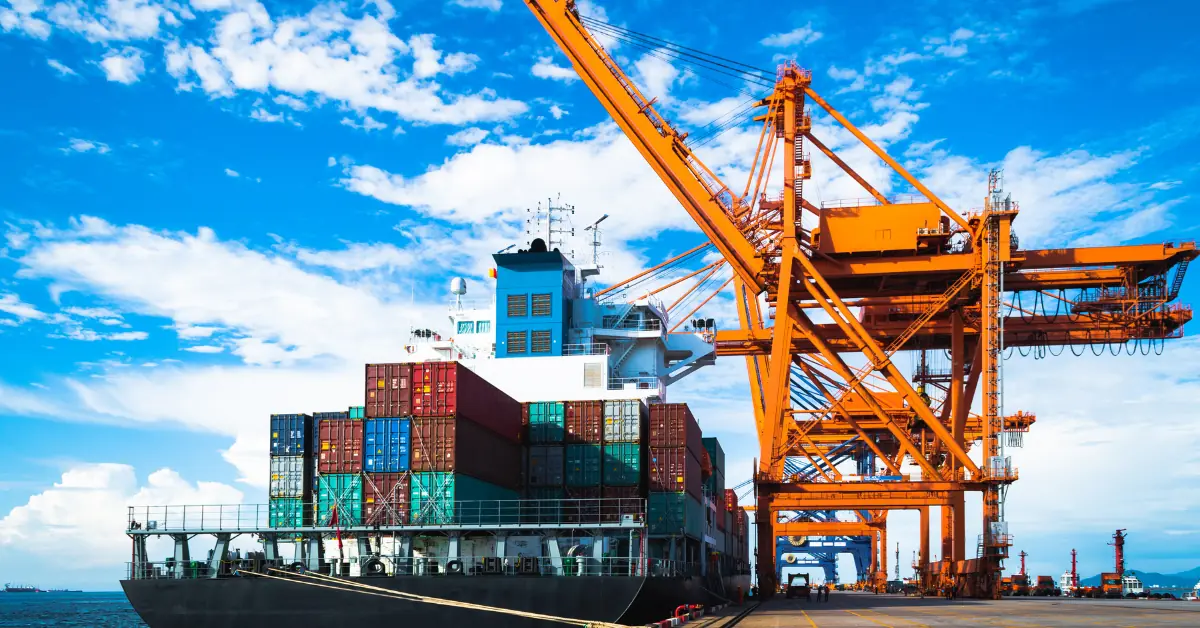Table of Contents
International container shipping can quickly become a costly venture for businesses, especially when inefficiencies are present in the shipping process. Rising fuel costs, fluctuating port fees, and logistics challenges are key factors that drive up expenses. However, by implementing the right strategies, you can significantly reduce these costs and optimize your shipping operations.
In this article, we’ll dive into three proven ways to save on international container shipping costs. From freight consolidation to off-peak shipping, these strategies are designed to help you ship goods more efficiently, without compromising on the quality of service.
Understanding the Cost Drivers in Container Shipping
Before delving into how to reduce costs, it’s essential to understand the primary drivers that contribute to the expenses involved in international container shipping.
- Fuel Prices: One of the most significant contributors to high shipping costs is fuel. Fuel prices fluctuate regularly, and they directly impact the overall cost of transporting goods.
- Port Fees and Surcharges: Ports impose fees for handling goods, security, and other services. Additionally, certain surcharges, such as fuel surcharges, can significantly add to the overall shipping cost.
- Delays and Congestion: Delays at ports can lead to additional demurrage and detention fees. These costs escalate if your goods are not cleared or picked up within a specified time frame.
- Customs and Tariffs: International shipping is subject to varying customs regulations and tariffs depending on the country. These fees can unexpectedly increase your shipping expenses if not managed correctly.
By understanding the factors influencing shipping costs, you’ll be better positioned to make strategic decisions that reduce expenses.
1. Optimize Container Space with Freight Consolidation
Efficient Use of Space
Freight consolidation is one of the most effective ways to reduce container shipping costs. Rather than shipping small, individual loads that only partially fill a container, consolidating multiple smaller shipments into a single container allows for more efficient use of space.
When companies maximize container space, they only pay for the space they need, rather than overpaying for a half-empty container. This results in fewer shipments, lower costs, and reduced environmental impact.
Key Benefits of Freight Consolidation:
- Lower per-unit shipping costs by utilizing the full capacity of a container.
- Reduced frequency of shipments, saving on fuel, labor, and time.
- Minimized handling and potential for damage as fewer shipments are processed.
Case Study: A Consolidation Success Story A small electronics distributor reduced its shipping costs by 25% after switching to a freight consolidation strategy. By combining smaller shipments into one full container, they saved thousands of dollars annually, allowing the company to reinvest those savings into other areas of the business.

2. Choose the Right Container Type for Your Cargo
Importance of Container Selection
Selecting the correct type of container for your goods is another proven way to save on international shipping costs. While it may seem straightforward, many businesses overpay by using specialized containers unnecessarily, such as refrigerated or flat-rack containers for goods that don’t require them.
Common Types of Shipping Containers:
- Standard Dry Containers: Ideal for most types of cargo, these containers are cost-effective and suitable for goods that don’t need special handling.
- Refrigerated Containers: These containers, also known as “reefers,” are used for temperature-sensitive cargo, such as perishable food items, pharmaceuticals, and certain chemicals.
- Flat-Rack Containers: Used for oversized cargo or heavy machinery, flat-rack containers provide flexibility for goods that don’t fit in standard containers.
Choosing the right container for your specific cargo ensures that you avoid overpaying for features you don’t need.
Example of Wise Container Selection A clothing manufacturer shipping non-perishable goods overseas saved 15% by opting for standard dry containers instead of refrigerated containers. The savings came from avoiding the additional costs of refrigeration, which weren’t necessary for their products.
3. Leverage Off-Peak Shipping Times
Timing Matters in Shipping
Shipping during peak seasons or high-demand times can significantly increase your costs. High demand leads to increased port congestion, higher labor fees, and longer waiting times, all of which drive up shipping rates.
By planning ahead and shipping during off-peak times, you can save on freight costs, avoid congestion, and ensure faster transit times.
Advantages of Off-Peak Shipping:
- Reduced port congestion, leading to faster handling and fewer delays.
- Lower shipping rates as demand for containers is lower.
- More availability of shipping options and space for your goods.
Case Study: The Power of Off-Peak Shipping A home goods supplier cut their shipping costs by 20% simply by shifting their shipments from the holiday peak season to early spring, a time when demand for container space is lower. The move allowed them to ship more efficiently and avoid delays caused by holiday port congestion.

Why Cutting Shipping Costs is Crucial for Business Growth
Improved Profit Margins
Lower shipping costs translate directly into improved profit margins. When businesses can optimize their freight processes and reduce expenses, those savings can be reinvested into other areas of the business, such as marketing, product development, or workforce expansion.
According to recent data, companies that actively manage and reduce their shipping costs can increase their profit margins by up to 5%. This improvement can make a significant difference, especially for small to medium-sized businesses operating on tight margins.
Competitive Edge
Companies that lower their shipping costs can pass these savings on to their customers through lower product prices or offer free or discounted shipping options. In today’s competitive marketplace, offering affordable or free shipping is a key factor in customer retention and satisfaction.
By reducing shipping expenses, you can offer more competitive pricing without sacrificing quality, giving your business a leg up in the market.
Sustainable Shipping Practices
Cutting down on unnecessary shipping costs also supports more sustainable shipping practices. For instance, consolidating shipments reduces the number of containers in transit, cutting down on fuel consumption and lowering the overall carbon footprint of your supply chain.
Businesses focused on sustainability can benefit from promoting their cost-saving and eco-friendly shipping practices, which resonate well with today’s environmentally-conscious consumers.

FAQ Section
1. How can I lower international container shipping costs?
- Use freight consolidation, choose the correct container type, and ship during off-peak times.
2. What is freight consolidation, and how does it save costs?
- Freight consolidation combines multiple smaller shipments into one full container, lowering per-unit costs.
3. What types of containers should I use to save costs?
- Use standard dry containers for non-perishable goods and only opt for specialized containers, like refrigerated ones, when necessary.
4. Are there specific times of the year when shipping is cheaper?
- Yes, shipping during off-peak seasons (non-holiday periods) often results in lower costs.
5. How much can businesses save by optimizing shipping strategies?
- Companies can save between 10% and 30% on shipping costs by optimizing container use and leveraging off-peak shipping.
6. What’s the most cost-effective way to ship goods internationally?
- Freight consolidation, using the correct container, and shipping during low-demand periods are the most effective ways.
7. How does reducing shipping costs help businesses grow?
- Lower shipping costs improve profit margins, allowing businesses to reinvest in growth areas while staying competitive in pricing.





